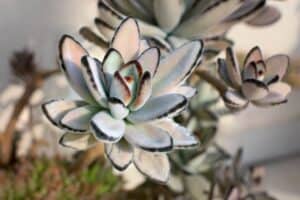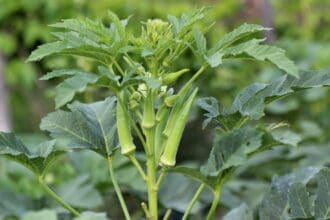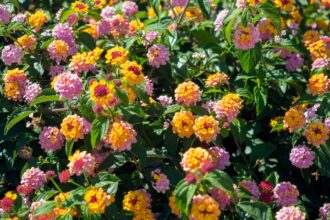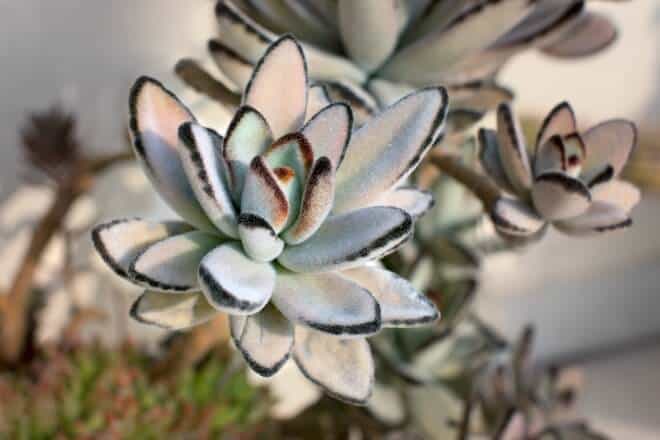
via: Depositphotos / geniuslady
A fantastic plant to get to know is the Kalanchoe Tomentosa. Commonly known as the "panda plant" succulent is as adorable as it sounds.
If you know how to care for succulents, and love to put them on display all around your place, then you have to add the panda plant to your collection.
After learning about their easy care routine and unique look, you'll be wondering why you haven't already got one of your own.
Contents
What is a Kalanchoe Tomentosa?
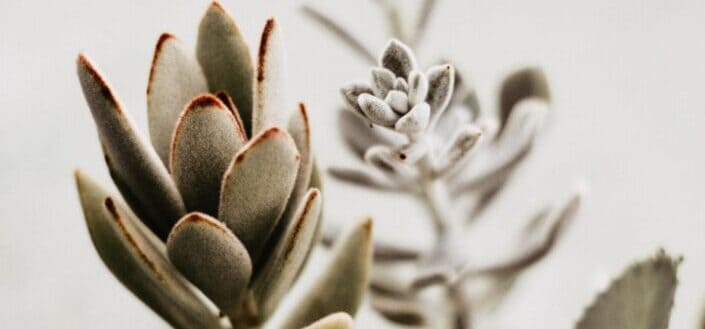
via: Unsplash / Elsa Noblet
The Kalanchoe Tomentosa is native to the East African country; Madagascar. It grows in hot temperaments and can go without water for periods of time due to its thick, fleshy leaves that store water.
The leaves are shaped almost like cat ears. This name is also given to the plant for the small hairs that grow along the leaves, giving it a furry feel.
These furry leaves are grayish-green in color, with tiny brown spotting around the edges. If you're lucky, the leaves may start to flower, which is more likely to happen when grown outdoors.
Why is Knowing How To Grow And Care For Kalanchoe Tomentosa Important
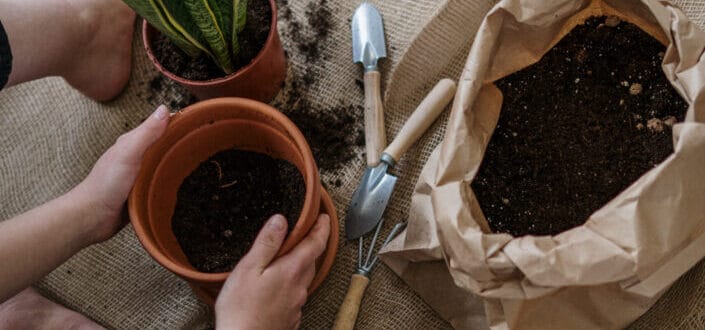
via: Pexels / cottonbro
When you get into the art of growing and caring for succulents, you find yourself wanting every unique and rare type of succulent there is. However, even if you've never had one of these tiny plants before, you're still capable of learning how to grow and care for them.
In particular, the Kalanchoe Tomentosa is one of the best plants to start off with. Why? Because they're so easy to care for. They don't need much watering and can be kept indoors. This is one of the main reasons why knowing how to grow and care for Kalanchoe Tomentosa is so important.
Whether you're starting your succulent collection, or looking for an addition, the panda plant is one of the best to grow.
How To Grow And Care For Panda Plant aka Kalanchoe Tomentosa
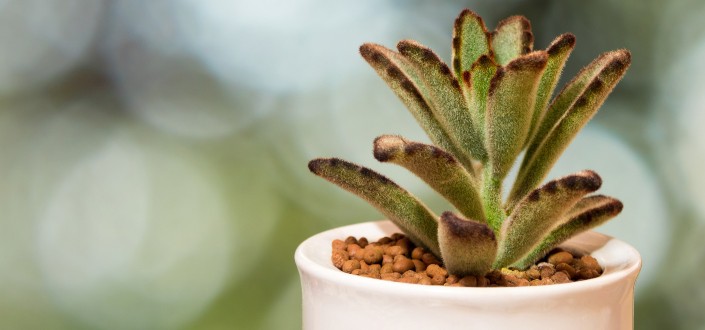
via: Depositphotos / satakorn.s
Once you've realized that this is the next addition to your display of succulents, you'll need to read a few steps on how to grow and care for this little plant. You'll be glad you chose the Kalanchoe Tomentosa as your next succulent for its easy care and long life.
1. Identify which type of succulent
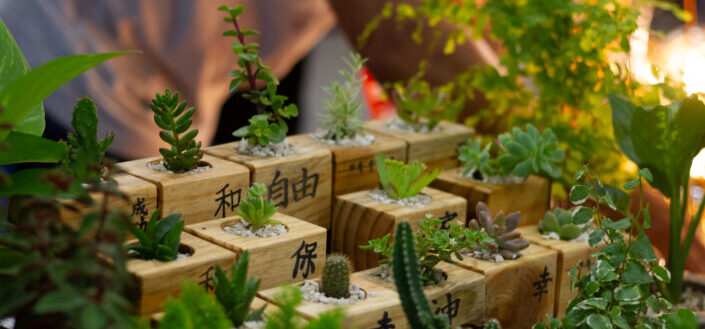
via: Pexels / Bruno Bueno
The first step is to identify your succulent. There are different types of succulents such as outdoor and indoor succulents. This particular plant is both. It can be grown outdoors in warm weather and needs lots of sunlight to survive.
It can also be grown indoors next to a window sill or in a room with big windows that give off much sunlight. It's advisable to keep your panda plant indoors during the winter if you live in cold climates. Keep your home heated during the winter times and always allow your plant to get plenty of sunlight each day.
This plant can tolerate dry air and it can also grow well inside a slightly humid room.
2. Know How To Water
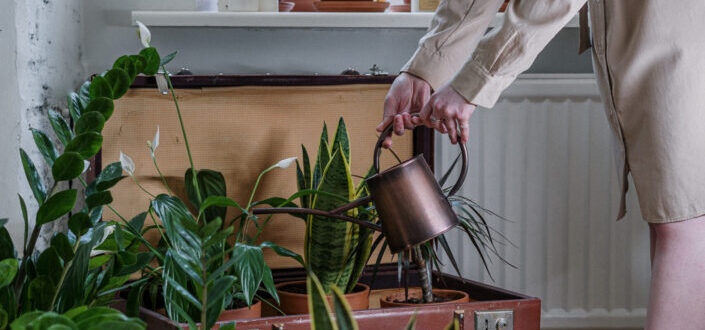
via: Pexels / cottonbro
Learning how to water succulents is usually the easiest part. Most succulents don't need much water to survive. The Kalanchoe Tomentosa stores water in its thick leaves so that it's able to go without water for some time.
It's also important to know that too much water can be harmful to this plant. Always wait until the soil is dry to water your succulents. Make sure the soil is completely moist when watering, and to drain the pot leaving no water at the bottom of the soil.
You can do this by placing it in a plastic pot with lots of holes in the bottom. Once the plant is fully grown, and you're familiar with how much water it needs, you can place it in a succulent pot. During the winter, the plant should be watered less if the soil takes longer to dry.
3. Know How To Propagate Panda Plants
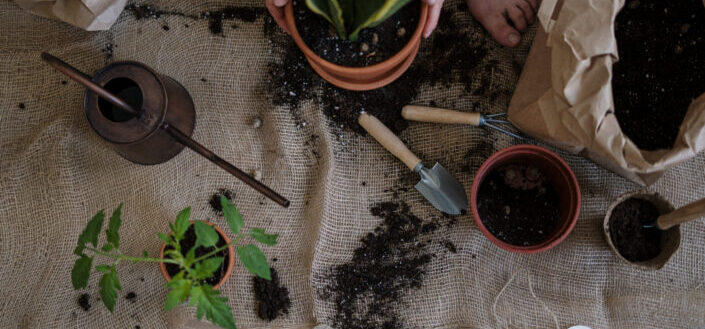
via: Pexels / cottonbro
Knowing how to propagate succulents may seem hard, but it's, often times, pretty easy. And, lucky for you, panda plants are one of the easiest to propagate.
You'll first need to cut the full leaves off. It's best to do this in the spring so that they're able to grow during the summer, as this is the best time for them to get the most sunlight. Allow the leaves to dry for a week, or more if needed.
Plant the dry leaves in a container with sandy soil. Keep them upright with the cut part in the soil. Be sure to place them where they can get lots of sunlight. After 4 weeks, the roots will start to grow, and shortly after that, the leaves will start growing from the stem.
Once they start to stem, you'll be able to move them into different pots and even put them outside depending on how warm the weather is.
More Awesome Succulents
Learn how to grow and care for other succulents once you've mastered the unique panda plant. Here are a few that you might just love!
- Rose succulents look exactly like real roses that stay in bloom way longer than the beautiful flower they're named after.
- You'll be stunned by the Agave Blue Glow, with it's chalky blue-green tone and golden-red edges.
- Are you looking for a fierce plant? The Aloe Aristata is one succulent that slays in appearance. One look at it, and you'll know why.
In Conclusion
Once you see how easy it is to grow the Kalanchoe Tomentosa or panda plant, you'll be willing to grow much more. The panda plant is one of the cutest succulents, and you'll be happy to add it to your succulent display.
Make sure to keep this one where others are able to have a clear view of it. A window sill or even a hanging basket will make your panda plant shine bright, just be sure to keep it close to sunlight.
And, if you didn't know before, you can officially say how well you know how to care for succulents after your panda plant grows into an adult. Be proud!


